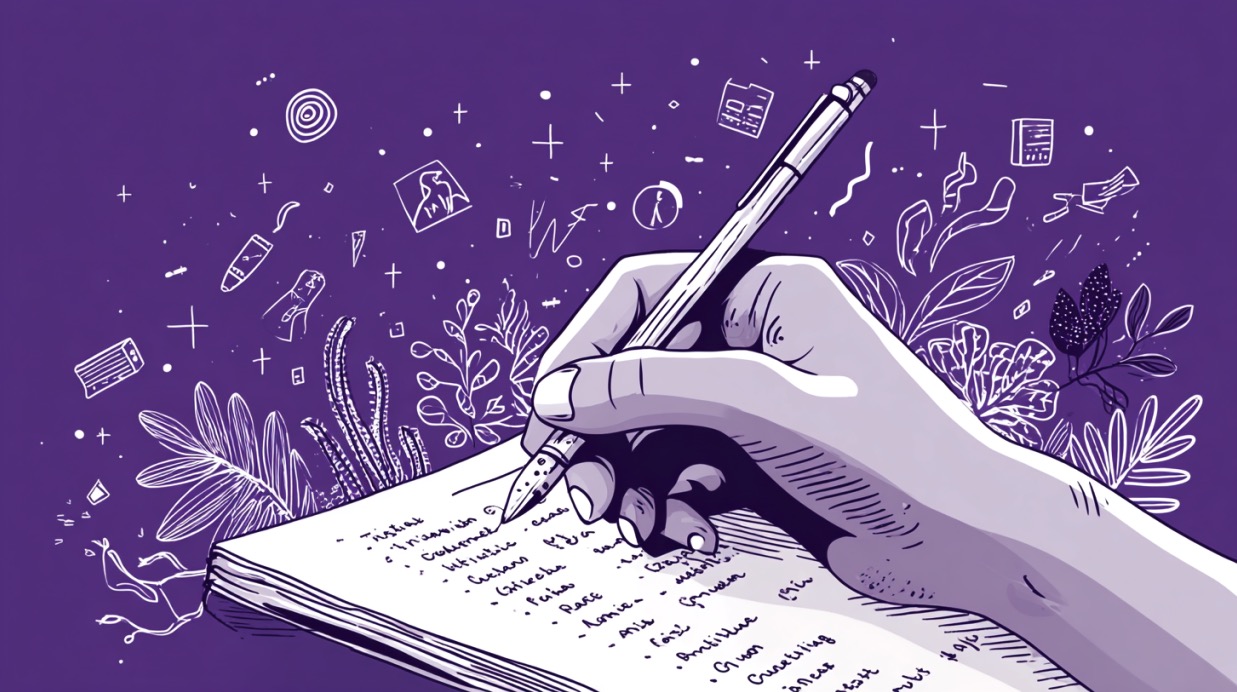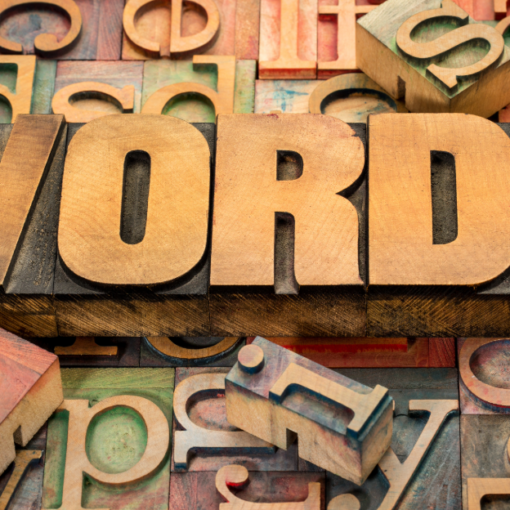
by Tommy Housworth
A friend of mine used to text me a gratitude list every morning. It was a stream of
consciousness, typos-and-all recitation of ten things he was thankful for that day. A little money in the bank, a hot cup of coffee in his hand, family time. I was, of course, expected to return his serve with a gratitude volley of my own, and most days, I did. But I didn’t always mean it.
I didn’t mean it because I didn’t take the time to appreciate the items I was sharing back with him. I wouldn’t call it performative gratitude, but it was, at least, ceremonial gratitude. I knew I wasn’t honoring the spirit of the exercise, and I wrestled with why. I’ve often said that I have a cynic on one shoulder and an idealist on the other. It’s like Larry David and The Dalai Lama are duking it out over who will reign victorious over my psyche. On the good days, His Holiness wins through peaceful negotiation. On not-so-good days, Larry nudges the Tibetan Monk off my shoulder and sends him sailing onto the floor.
A few years later, I learned a life hack for righting my gratitude ship from neuropsychologist and author Rick Hanson (Buddha’s Brain). Rick often talks about how humans are biologically designed with a negativity bias. We are equipped to look for problems, which made good sense when we were hunters and gatherers, ever vigilant for a predator that might be waiting to seize their own dinner. But as the day-to-day nature of what constitutes actual danger has evolved over centuries, our biology hasn’t completely let go of that instinct.
Rick says, “Our brains are wired to take in the bad and ignore the good. That’s why it’s easier to ruminate over bad things than to bask in the pleasure of the good things in life. Because of the brain’s negativity bias, we’ve evolved to learn quickly from bad experiences and slowly from good ones. This leaves us feeling more stressed, anxious, lonely, irritated, and inadequate than we need to be.”
This kind of design—Velcro for bad experiences, Teflon for the good—doesn’t leave much room for instinctive gratitude. But the good news is, despite what science believed for decades, the human brain is not a fixed entity. We can rewire it. We can retrain it. We can teach it to take in the good.
Those neurons that many of us have trained to assume the worst can be taught to at least notice the good in a given situation. Rick Hanson says that we do this by not only mindfully being aware of something good as it happens, but also holding that experience in awareness for 20-30 seconds. When we do this, the good takes hold, and we begin to rewire our neurons, training those feelings to sink in and stay with us. We literally condition gratitude into our DNA.
I don’t know about you, but I need this kind of neurological shift in my life these days. It doesn’t take much to send me into a cycle of rumination over worries and anxieties, working them over in my brain like a Rubik’s Cube. This rarely turns out well for me—not only affecting my own well-being, but also how I show up for others in my life.
Now, I’ve always believed that a little dose of cynicism—precisely measured—can be a healthy thing. But in 2025, an overdose of such negativity could be cataclysmic. Some things we don’t come back from, and a worldview driven by bitterness is one of them.
And so, we could let this season remind us to notice the good and stay with it a little bit longer than usual. It’s easy for many of us to do on a day set aside for gratitude, as Thanksgiving is designed to be. But those other 364 days can require a little more effort and attention.
I guess the first thing I’m grateful for is the opportunity to keep trying to tap into daily gratitude. Every morning, building gratitude from the ground up. Maybe I’ll even start a morning list.




